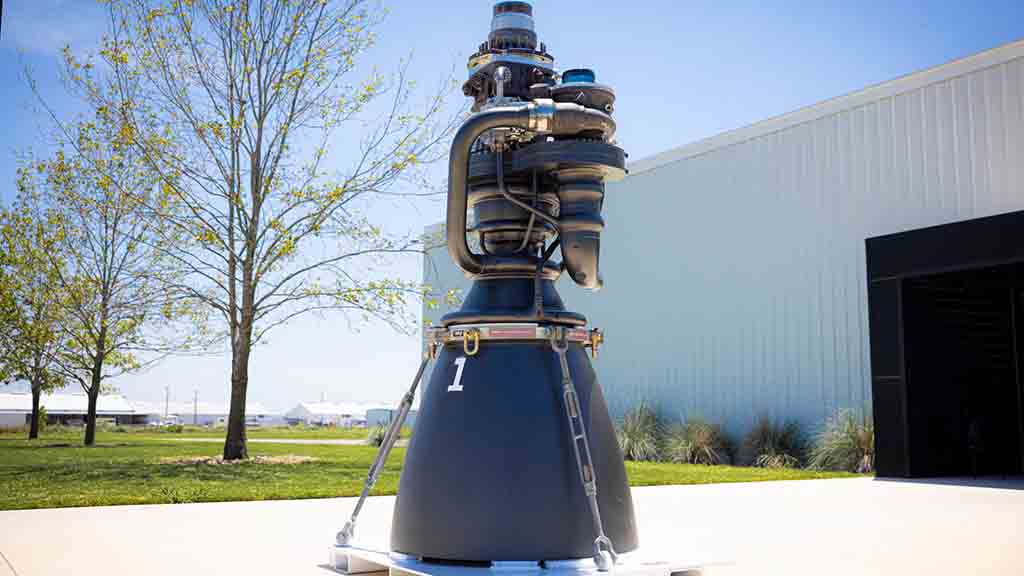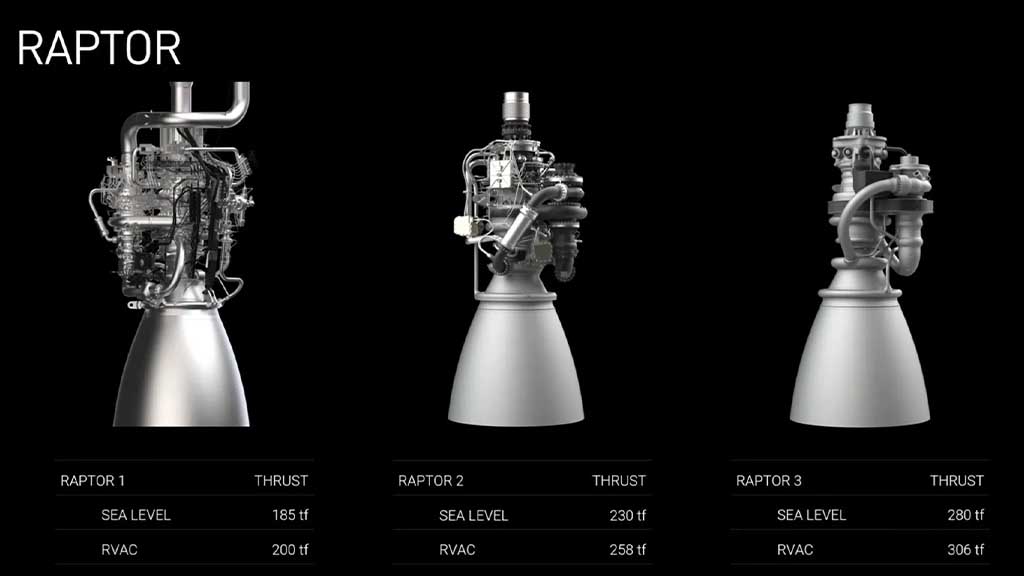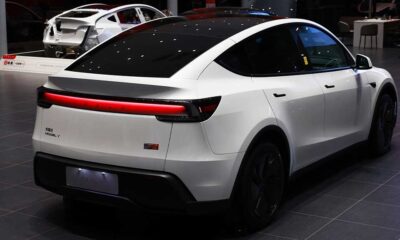SpaceX
Here’s our first look at SpaceX Raptor 3 engine with a clean design

SpaceX founder and CEO, Elon Musk has shared the first look at the Raptor 3 engine which is quite clean compared to its predecessor. Raptor 3 carries a nozzle identical to the second version but its upper segment is the key area of focus. The SpaceX team has simplified and toned all of the complicated hardware from Raptor 2.
While sharing this image, Musk wrote “Raptor 3, SN1”, which says this is the first Raptor 3 version. There may be more improvements to come later on.
Unfortunately, no details are available about its production at the moment. However, the engine looks ready for testing and it may soon get approval to fly with a new generation of vehicles.

SpaceX Raptor 3 Engine (Source – SpaceX)
Reacting to this image, Kiko Dontchev, VP of Launch at SpaceX wrote “SpaceX Raptor team is absolutely crushing it!!!. They relentlessly ran the algorithm on the design-and-build process of the v3 engine”
SpaceX uses Raptor 2 as their main source of power in Starship’s heavy lift vehicle. The booster equips 33 Raptors and 6 on the second stage.
The 2nd gen Raptor is a methane-oxygen staged-combustion engine that is 1.3 meters wide, 3.1 meters tall, and generates 230 tf thrust each. With 33 raptor engines combined, the Super Heavy generates 7,590 tf of thrust during liftoff.
On the other hand, the Starship has 3 Raptor vacuum (RVAC) engines, which look similar to Raptor engines but equip a larger exhaust section and expansion nozzle.

SpaceX Raptor Engine Lineup (Source – SpaceX)
These two features help to maximize engine efficiency in space. The RVAC is 2.3 meters wide, 4.6 meters tall, and 258 tf of thrust to guide the second stage.
In comparison to the second generation, Raptor 3 will not only improve the design but also increase power. The new engine is expected to provide 280 tf thrust at sea level and its Rvac will hit 306 tf thrust.
That makes more than 20 percent improvement in thrust in Raptor 3 and over 18 percent in Rvac engines. This rocket will be a part of the future Starship design and we would like to see it in action.










